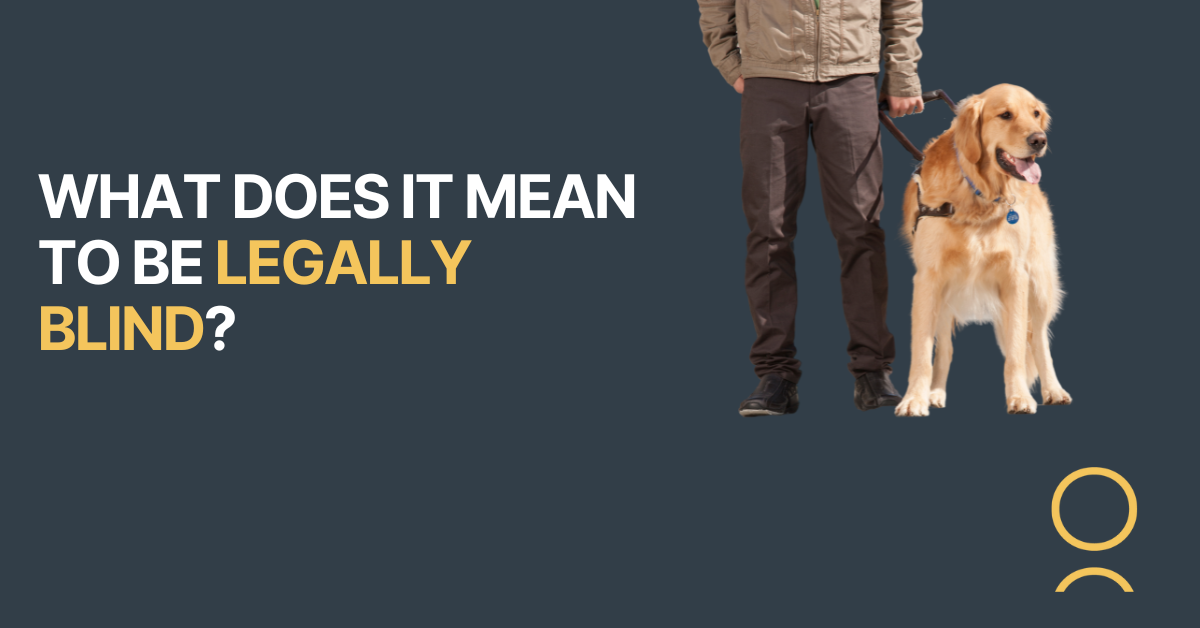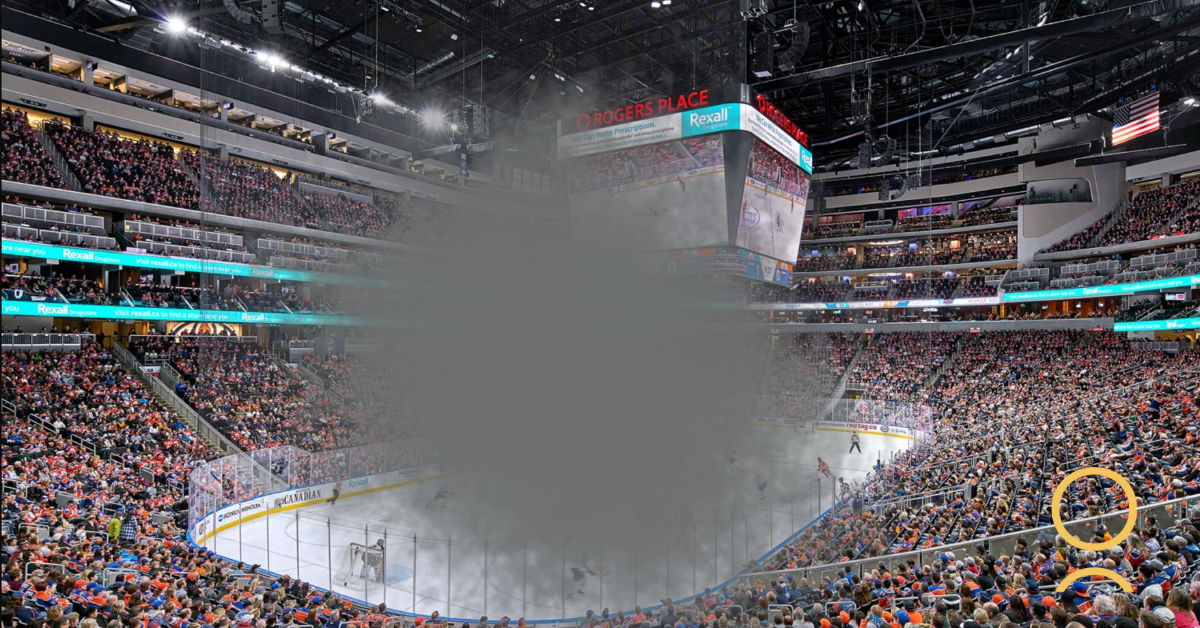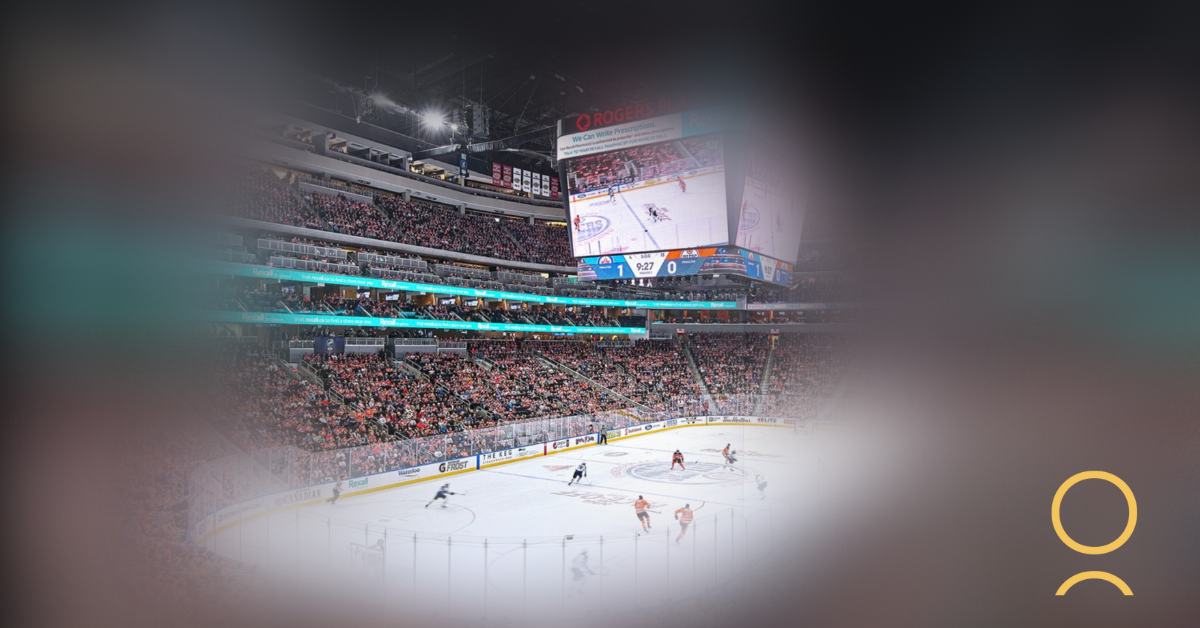Am I legally blind?
If you are reading this, fortunately the answer is likely no! Legal blindness is very much a legal definition and there is a specific set of criteria that needs to be met to be considered legally blind. There are many conditions that can cause a person to become legally blind and nearly all are associated with severe eye disease or injury.
The definition:
In Canada, you are considered legally blind if the visual acuity of the better seeing eye is 20/200 or less. This is while wearing the best possible correction, either from glasses or contact lenses.
People who have lost a significant amount of their peripheral vision may also meet the definition of legal blindness. If you only have 20 degrees of sight across your visual field you may also be considered to be legally blind.
Central vision loss from advanced macular degeneration.
What does 20/200 vision mean?
By saying someone's vision is “20/200,” this is just a way of describing how well they can see.
The top number in the fraction describes the testing distance, or the distance between the patient and the eye chart. This is most commonly written as 20 feet, but can also be written as different testing distances, or converted into meters.
The bottom number is essentially the font size. These two numbers together make up something called the “snellen fraction,” which is how your optometrist records how well you can see.
At a testing distance of 20 feet, this means that a 20/200 letter is 10 times the the size of a 20/20 letter. We know 20/20 is the standard level of expected vision. This is also why people who are legally blind have unfortunately experienced a profound level of vision loss.
Another example of this would be the text on this screen. If you are reading this on your phone or tablet held at about 40 centimeters away from your face, the text size would be approximately equivalent to 20/50. A person that is legally blind would barely be able to see the same text in a font that is made 4 times larger than this. Even when reading at the same distance, with the best possible glasses prescription in place.
Peripheral vision loss from advanced glaucoma.
But what if I can't see anything without my glasses on?
If you are moderately nearsighted, farsighted or have astigmatism you may be dependent on your glasses to achieve a certain level of function for work or driving. Fortunately, this means that you very likely are not legally blind, and probably just need glasses to see your best. This is because with the best possible prescription in place you are able to have clear, comfortable and functional vision without any visual impairment.
What options are available to people who are legally blind?
The first course of action is to determine what caused the visual impairment and ensure the patient has access to the appropriate treatments if they are available.
It is also important to recognize that people who are legally blind will most often still have some level of vision. These folks may still have enough vision to be able to move around their homes and with the right visual aids be able to live independently.
There are many organizations such as the Canadian National Institute for the Blind (CNIB) and the Alberta Society for the Visually Impaired (ASVI) that are able to connect people with the proper support. This may include visual aids and access to special training or programs.
At your comprehensive eye examination your optometrist will go beyond a glasses prescription to look at the health of the eyes. In the unfortunate case that concerns do come up during a visit, your optometrist will come up with a diagnosis and treatment plan. This may include, glasses, medications or a referral to an eye specialist or surgeon. Early detection of eye disease is the key to a lifetime of clear vision.




